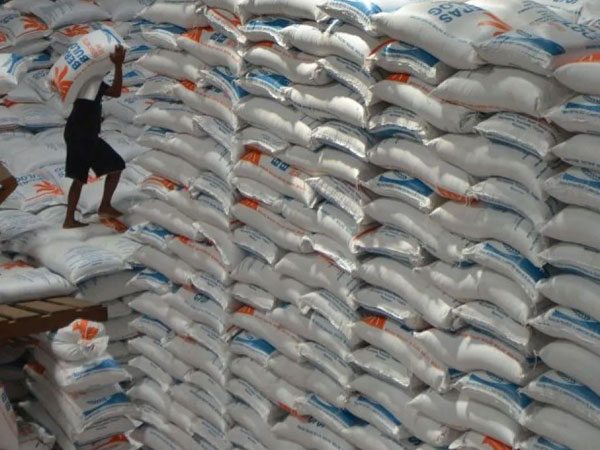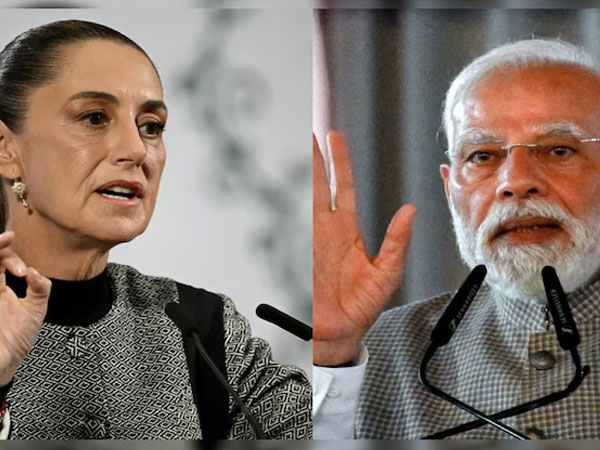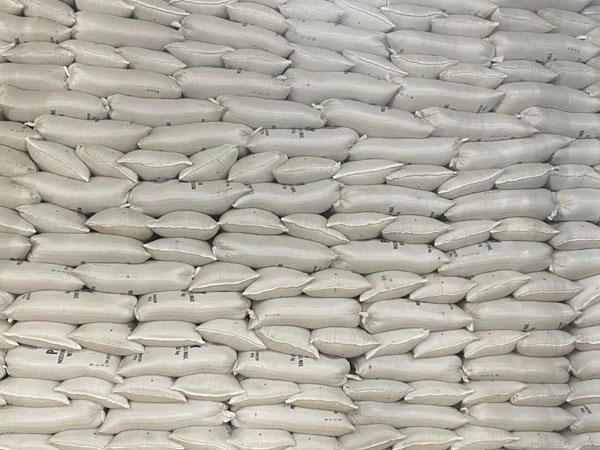MANILA, Philippines — Vietnam rice export prices continued to drop as the Philippines, its largest market for the grain, extended an import ban by another month, with the possibility of lasting until the end of the year.
The United Nations’ Food and Agriculture Organization (FAO) observed that bearishness gripped global Indica rice markets in September as supplies remained ample amid tight demand.
“Prices fell the most in Vietnam, as sentiment was also weighed by the Philippines’ import suspension (originally slated to last 60 days, but successively extended by at least 30 days),” FAO said in its monthly rice market brief.
Benchmark five percent broken Vietnam rice averaged $372.1 per metric ton in September, about four percent lower than its average quotation in August of $389 per MT, based on FAO data. On an annual basis, Vietnam rice price fell by 32 percent from last year’s $546.5 per MT.
FAO data showed that the price of five percent broken Vietnam rice from January to September averaged $389.3 per MT, dropping by 32 percent year-on-year.
The easing of rice prices was a result of India’s return to the global market as the world’s top rice exporter, following the lifting of its export restrictions that led to an abundance of supplies.
The situation, however, has been exacerbated by the Philippines’ imposition of a temporary rice import ban, which began on Sept. 1 and was initially scheduled to last until the end of October.
The government decided to impose a temporary rice import ban in the hopes of stabilizing domestic palay prices, which have plummeted below production costs due to the unabated entry of imported stocks into the market.
The country has imported almost 3.4 million metric tons as of Sept. 24, with 427,196 MT arriving in September alone, based on Bureau of Plant Industry (BPI) data.
The Philippines’ rice import ban took effect on Sept. 15 and has been extended until the end of November, with Agriculture Secretary Francisco Tiu Laurel Jr. signaling that it may even be prolonged until the end of the year to protect local farmers.
BPI data showed a drastic drop in the issuance of sanitary and phytosanitary import clearance (SPSIC) for rice in September. SPSIC is a required import document that certifies inbound rice shipments are safe for human consumption.
The BPI issued only 79 SPSICs in September, amounting to an applied rice import volume of 36,185.2 metric tons.
The International Rice Research Institute earlier pointed out that rice importers will have the leverage to delay purchases and even buy at a bargain once the country’s rice import ban is lifted, as global prices remain soft due to a supply glut.
The global market situation has led to exporters such as Vietnam and Thailand facing thinner profit margins and a storage glut, according to an IRRI market brief authored by its senior scientist, Alisher Mirzabaev, and The Rice Trader president and CEO, Jeremy Zwinger.
The authors claimed that Vietnamese rice exporters have become “anxious” about the import ban since the Philippines is their top market.
The situation appears favorable for rice importers in the country, as the two-month import ban ordered by President Marcos is expected to “accelerate” a “buyers’ market dynamic” in the global rice trade, according to the market brief.
“(Philippine) importers can delay purchases or bargain for lower prices given abundant options, while exporters confront rising unsold stocks and carrying costs that change the trade equation,” the market brief read.














© Copyright 2025 The SSResource Media.
All rights reserved.